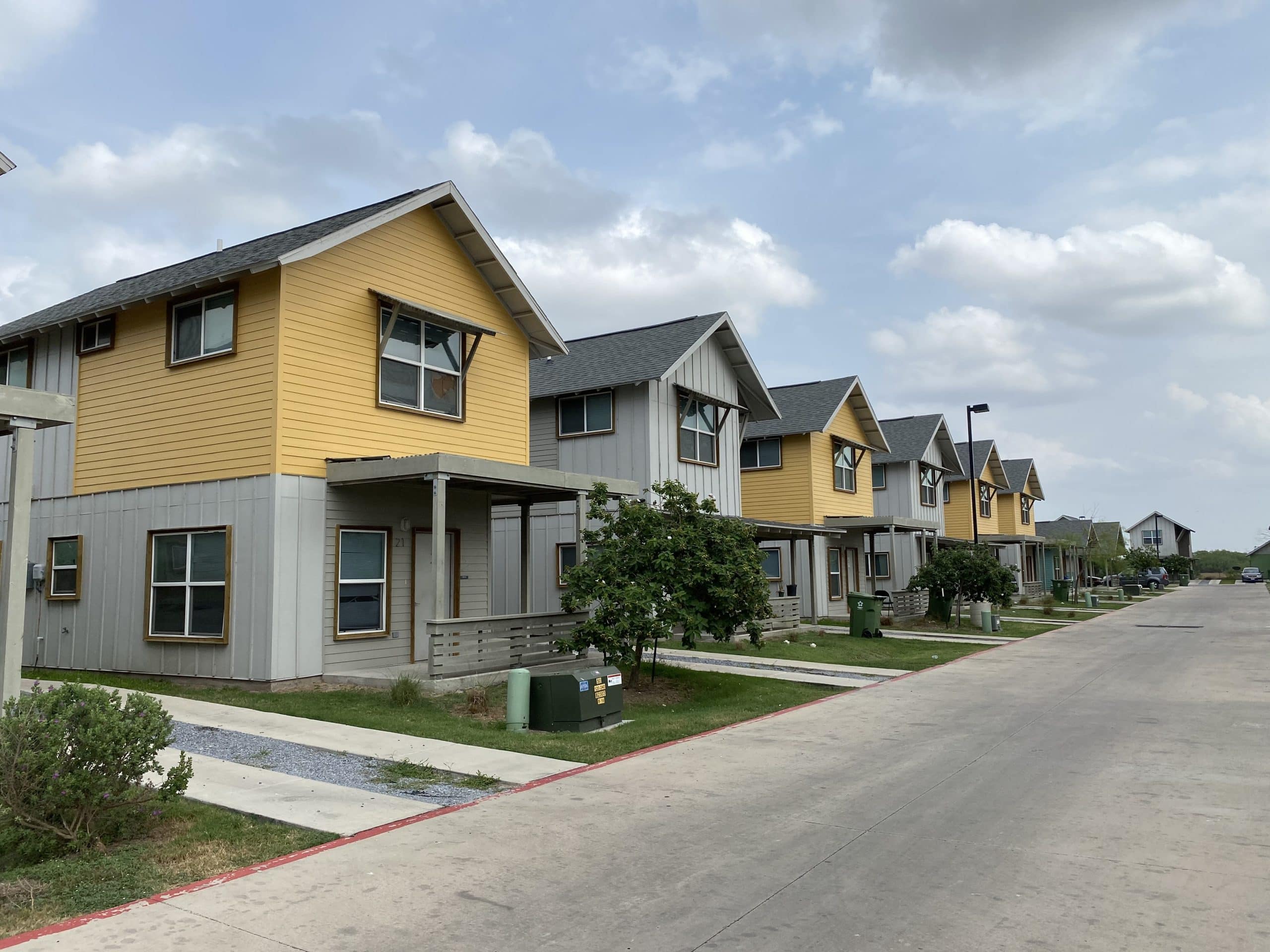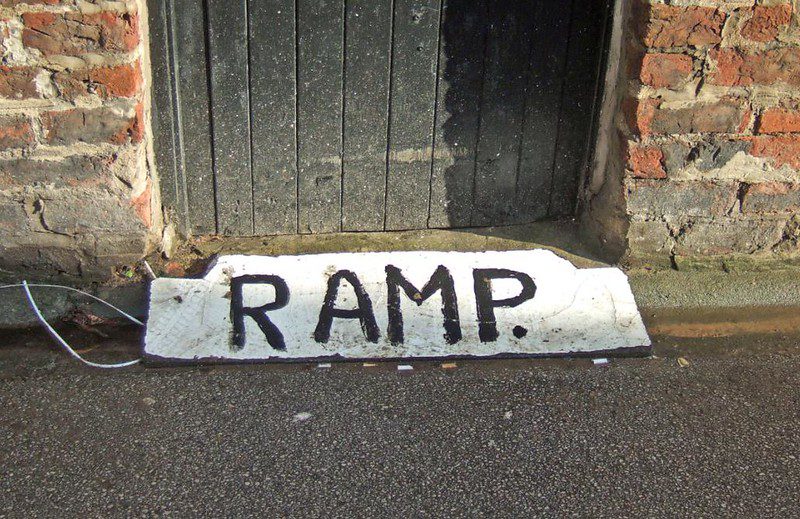
The ruling was a critical victory for fair housing and another important step on the road to true civil rights and access to opportunity for all Americans. Focused on the question of the legitimacy of disparate impact, the Court decision not only affirmed the validity of the conceptual frame but also provided clarity on how one should view the very important affirmatively furthering fair housing final regulation that was released last week.
The importance of the disparate impact principle is clear. In today’s world, few with biases wear those biases on their sleeves. Rather, they will more often try to cloak them with other policies that look neutral but have the same effect as a more direct discriminatory act. Without the ability to pursue discrimination claims based on disparate impact, these actors will be able to achieve their aims with no fear of detection or enforcement.
Importantly, more sophisticated “bad actors” will try hard to design schemes and communicate them in ways that hide intent. We see this in the spate of state actions to reduce access to voting that have been enacted in the wake of the Court’s weakening of the Voting Rights Act. While often couched in terms of budgetary and staffing concerns, these are blatant political acts to discriminate and disenfranchise. The issue of intent was central to Texas v. ICP, and the judges this time ruled in favor of equal protection. Perhaps the judges, at least some of them, were chastened by the recent voting rights experience and didn’t want to repeat that error in the area of housing.
There will continue to be debate as to whether the Texas Department of Housing and Community Affairs should be considered a “bad actor.” It is true that much of the housing they helped finance was needed and helped to improve impoverished and struggling minority communities. But it is also true that the department had a dual mandate, and consistently ignored the “access to non-segregated neighborhoods” portion of that mandate.
And this was the remarkable part of the opinion, and one that legal scholars did not focus on very much. The opinion included a full-throated support of a “both-and” approach of community development, in which both redevelopment of poor and minority communities to improve their conditions, and new development in more affluent, largely non-minority communities that are rich with amenities that can help families realize their potential. Justice Kennedy, on behalf of the majority, writes:
“It would be paradoxical to construe the FHA to impose onerous costs on actors who encourage revitalizing dilapidated housing in our Nation’s cities merely because some other priority might seem preferable. Entrepreneurs must be given latitude to consider market factors. Zoning officials, moreover, must often make decisions based on a mix of factors, both objective (such as cost and traffic patterns) and, at least to some extent, subjective (such as preserving historic architecture). These factors contribute to a community’s quality of life and are legitimate concerns for housing authorities. The FHA does not decree a particular vision of urban development….[that forces a choice between acting]…to rejuvenate a city core or to promote new low-income housing in suburban communities. (p. 19 of the opinion)”
Sound familiar? It should. Because it’s the same principle that underlies HUD’s affirmatively furthering fair housing regulation, also known as AFFH, which was released in final form last week.
The Supreme Court grappled with the same issues that the community development and fair housing communities do daily, and embraced an inclusive, “all of the above” approach. Let’s follow their example. By doing so, we can go a long way toward helping communities enact the vision of Dr. King and countless freedom fighters who sacrificed on behalf of civil rights for all.
(Photo credit: courtesy of Flick user Chris Pine, CC BY 2.0)






I hate to quibble with Dr. Bostic, but we should be careful to avoid conflating the obvious need for affordable housing with a need for it in the same segregated places where public policy has always steered poor people of color.
The need for affordable housing can and should be met in a variety of locations. Doing so diversifies the inventory, and for the first time, offers families a range of choices. Build it in a broader variety of places, especially opportunity areas, and do not doubt that people will come!
Similarly, we should be careful to avoid conflating affordable housing with “revitalization.” There is not much evidence that affordable housing causes or stimulates revitalization beyond the housing itself.
Our affordable housing programs have long tried to get this “two-fer” and the usual result is neither sustainably good housing and neighborhood quality for people, nor measurable improvement in the neighborhood. I could show you too many examples in Baltimore to illustrate this point —- including empty lots where affordable housing was later demolished.